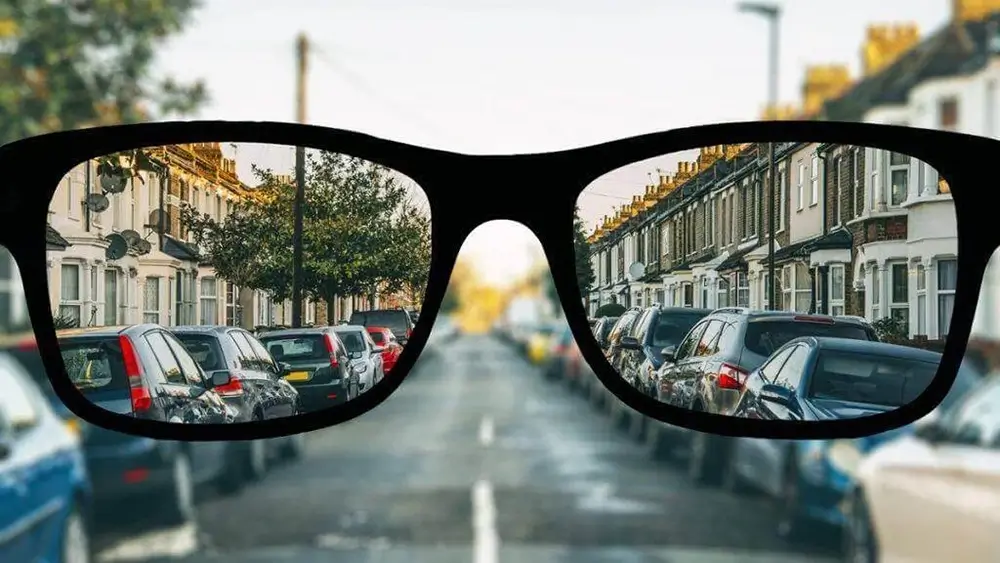Home » What is Myopia?
Myopia, commonly referred to as nearsightedness, is one of the most prevalent refractive errors in the eye. It occurs when the shape of the eye causes light rays to bend (refract) incorrectly, resulting in distant objects appearing blurry while close objects can be seen more clearly. Understanding myopia, its symptoms, the process of its diagnosis, and available treatment options can help individuals make informed decisions about their eye health.

If you’re myopic, you may notice:
The diagnosis of myopia is straightforward and generally involves:
Once myopia is diagnosed, various treatments can be prescribed:
Myopia, while common, should not be taken lightly. Regular eye examinations are vital for its early detection and effective management. With the range of treatment options available today, those with myopia can lead a life with clear vision. If you suspect you have myopia or if distant objects seem blurrier than before, schedule an appointment with your optometrist to get a comprehensive eye check-up. Your eyes deserve the best care possible, and addressing myopia early can help ensure optimal eye health for years to come.
At Tennessee Eye Care, we’re passionate about ensuring the eye health of our community. If you are experiencing myopia, or think you might be, we’re here to provide help. Schedule an appointment today, and give your eyes the attention they deserve.